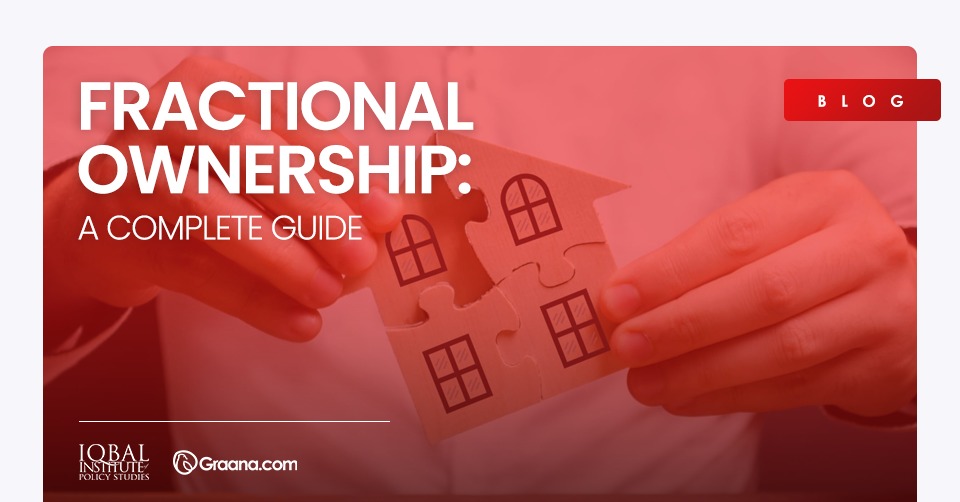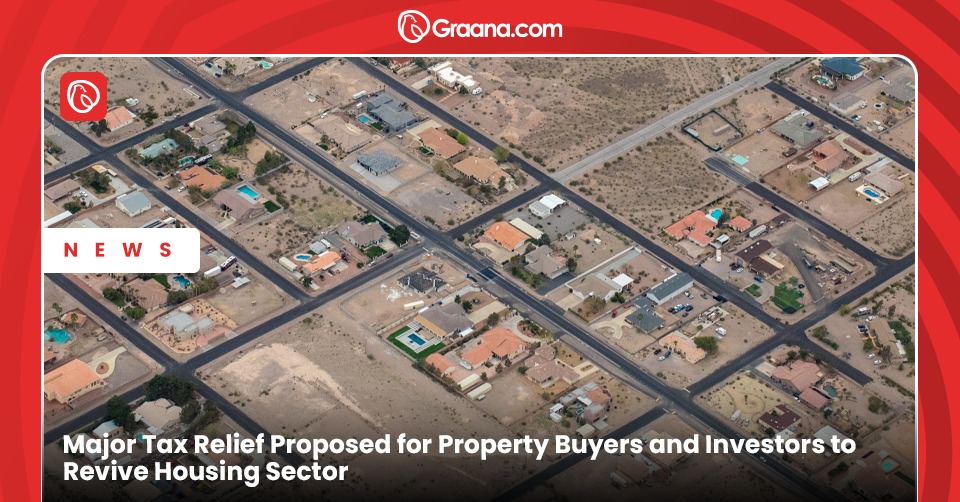Real estate is one of the most prevalent investment forms in light of rising inflation and stock market volatility. However, today’s younger millennials and generation Z have more difficulty becoming homeowners and saving for their future. This is because house prices have soared significantly faster than incomes in the last decade. As a result, the real estate market has seen the emergence of models based on crowdfunding and shared ownership, particularly fractional real estate ownership.
Real estate fractional ownership is a method of purchasing a portion or percentage of a property to make the entry fee more accessible and distributes the burden among like-minded individuals. It drives passive income and allows the convenience of owning a luxurious property.
Moreover, it is a great alternative for investors with sparse funds who do not want the rigmarole of owning and maintaining a second property, but it does require effort. Therefore, investors should calculate the potential returns before investing to reap the most out of their investment in fractional ownership.
Graana.com brings you the complete guide to fractional ownership.
What is Fractional Ownership?
Fractional ownership is a method of co-owning real estate. It enables multiple people to purchase a fraction of the property without paying for the entire thing. Buyers benefit from significant cost savings and can easily buy high-priced assets like a luxury car, yacht, or real estate. It is held through company shares. The company owns the property, which is listed on the title deed. Each investor owns an equal number of shares, entitling them to a portion of the freehold ownership and the right to use or rent the property.
Moreover, the rental income and equity grow in lockstep with the property’s value. The property is typically maintained by a third-party management company that handles repairs and maintenance and is paid commensurately by the property’s co-owners.
Furthermore, each owner may have proportional control over the property. All tenants have equal usage rights, but their shares and rights may or may not be similar based on the number of tenants. For example, two co-owners may own 25% of the property, while the third owns 50%. In this case, the third owner has most of the rights when deciding what to do with the property.
What are the Benefits?
Listed below are some of the advantages of fractional ownership:
Increased Ownership Opportunities
It is more affordable than traditional ownership. As there are no limitations on the kinds of properties investors can invest in, fractional ownership gives investors multiple options for owning one or more properties in high-end locations that might otherwise be out of their price range. They can take advantage of luxurious property amenities without breaking the bank because multiple owners split the costs.
Deeded Ownership
Fractional ownership, or fractional interest, grants the investor a deed to a portion of the property. This means that the value of the investor’s share of the property rises or falls in tandem with the property’s market value. Any increase in value is distributed equally to all fractional owners and becomes gained equity.
Rights to Use
Unlike short-term vacation rentals, investors acquire real property, granting them the right to utilise the vacation home in proportion to their share. For example, if the investor owns one-fourth of a stake in a property, they have the right to use it for one-fourth of the year or three months and can enjoy the home to the full extent of their fractional ownership agreement share.
Passive Income
If the ownership agreement permits it, a fractionally owned property may be rented out on a short- or long-term basis. Depending on the agreement’s specifics, all owners might receive a portion of the proceeds from rental income. Thus, the owned asset can become a source of passive income.
Spreads out Responsibilities
The investor is only accountable for a small portion of the upkeep and maintenance. This includes the price of taxes, maintenance costs, utility costs, landscaping costs, property management fees, and other costs related to co-ownership. Most agreements for fractional ownership include clauses for long-term property management, with owners deciding jointly how to handle any problems that may arise.
Less Volatile
Real estate fractional ownership is a long-term investment with less volatile valuation intervals. It spreads the investment over multiple properties, and there is a positive guarantee of how much money investors will make from it, which can help diversify the risk.
What are the Disadvantages?
Listed below are some of the disadvantages of fractional ownership:
Limited Financing Options
There is no shortage of assets that can be fractionalised, such as real estate, precious metals, or NFTs. The problem is finding people willing to sell fractions of equity in their assets; additionally, many people are unaware that fractional ownership exists. Few banks offer mortgages to people looking to buy properties in small amounts. Individuals may need to shop around and consider other options for financing their fractional ownership property.
Restricted Freedom and Flexibility
It can be inconvenient to go through all of the ownership partners for decisions regarding upkeep, repairs, and decoration resulting in possible disagreements. The sale of a fractional property will also require the consent of the other fractional owners if the investor ever wants to sell it. With no option for self-management or management outside the club, most fractional ownership clubs also demand that investors uphold a contract with the club or property management firm connected to the home.
Limited Control
One of the major drawbacks of fractional ownership is that the investor may not have as much control over the property as with sole ownership. For example, if investors own a quarter share of a property, they only have a say in 25% of the property’s decisions. The investor might disapprove of the other owners’ property management, which can become problematic.
Difficult to Sell
In traditional fractional ownership, selling is not as straightforward as whole ownership. The investor has to research to check on how the ownership is structured and what restrictions may apply about the opportunity to sell their share. Prospective customers are frequently wary of partnering with someone they don’t know well. Additionally, co-owners have the power to make it very difficult to sell the property because they believe they can easily acquire more or full ownership for a lot less.
The potential of Clash
With fractional ownership, one owner may use the property solely for personal getaways and family members. In contrast, another partner may prefer to rent it out as a short-term vacation rental. Although short-term vacation renters can generate passive income, they can also cause damage to the property and limit the owners’ overall usage of the property. This decision-making process can be time-consuming and inefficient as a result.
Conclusion
Fractional ownership has its benefits and detriments. Where fractional ownership falls short, other real estate investment steps up. However, this type of investment offers lucrative opportunities for those on a tight budget and helps generate secondary income. Hence, investors must carefully analyse this investment’s possibilities for maximum benefits.
To know more about real estate investment opportunities, visit Graana.com




